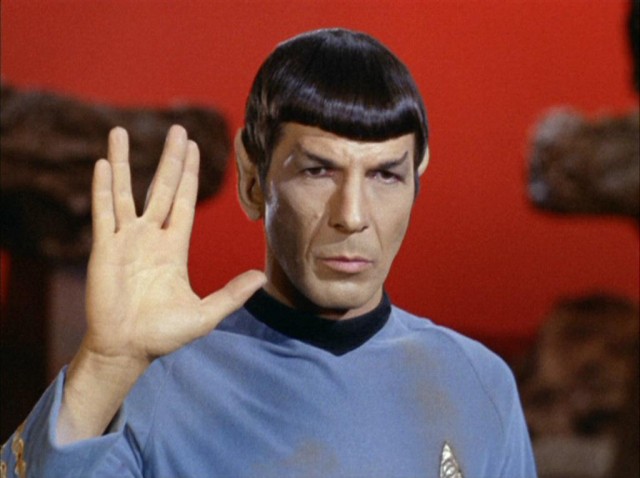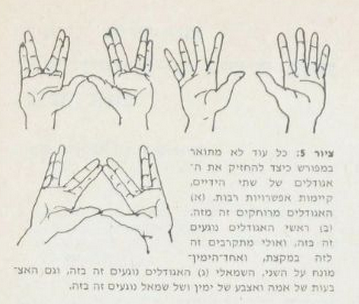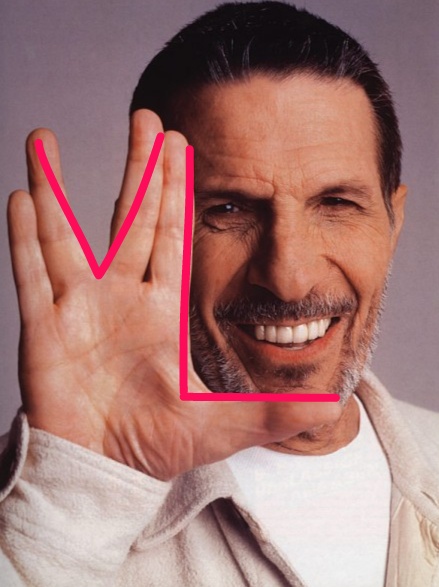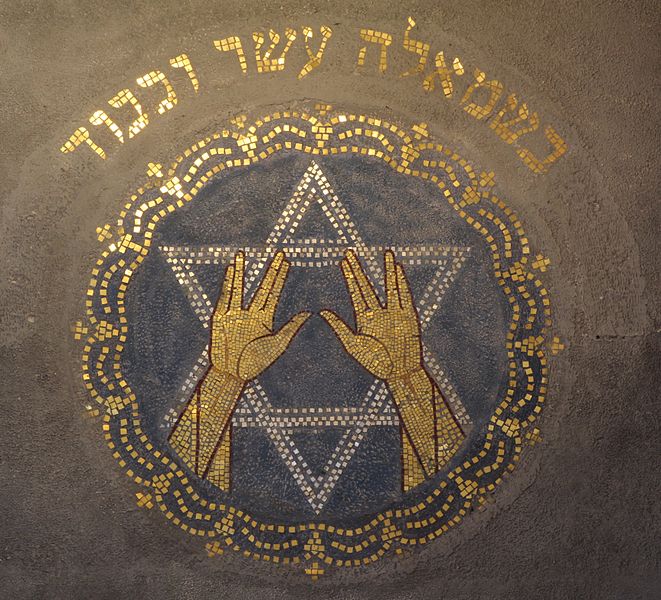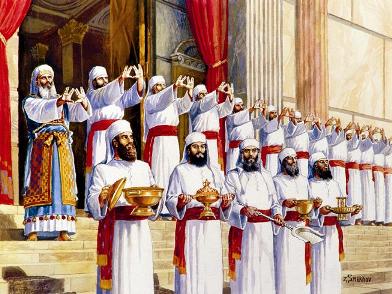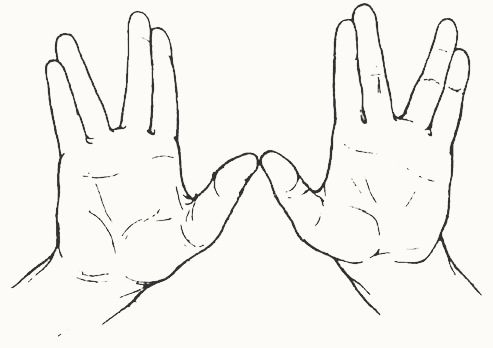At a young age, Leonard Nimoy saw a sign that later became his trademark and Vulcan salute of “live long and prosper.” I had read that this hand gesture was based on the compass and the square. But there’s more.
After some research, I discovered that the Vulcan sign used by Mr. Spock had a priestly background. Leonard Nimoy, who played Spock in the epic series, Star Trek, shared the history behind his famous hand sign. At about 8, Nimoy attended synagogue during the High Holy Days with his parents (Jewish immigrants from Ukraine). While there, he saw the blessing called Birkat Kohanim, performed by the priestly descendants of Aaron — the Kohens or Cohens.
“A group of men at this particular synagogue, the Kohen, members of a priestly tribe, stood up in front of the congregation to bless everyone,” Nimoy remembered. “They were very loud, ecstatic, almost like at a revival meeting, and they were shouting this prayer in Hebrew, ‘May the Lord bless and keep you…’ but I have no idea at the time what they’re saying. My father said ‘Don’t look’ and everybody’s got their heads covered with their prayer shawls or their hands over their eyes. And I see these guys with their heads covered with their shawls but out from underneath they have their hands up. It was chilling, spooky and cool.”
Their hands, of course, were stretched out in the gesture that would be the Vulcan salute. “It’s the shape of the letter Shin in Hebrew, which is the first letter in the word Shaddai, a word for God, and shalom, the word for peace. It came back to me years later when we made a “Star Trek” episode “Amok Time” when Spock returns to his home planet for the first time and we see him interact with Vulcans.” (Los Angeles Times)
The hand sign forms the Hebrew letter Shin, representing God or fire. So, according to tradition, not the compass and the square, but an interesting sign, because if you look closely at when Spock makes the hand gesture, it does form a compass and square (if the thumb is fully extended and depending on how limber your joints are.) In the traditional priestly blessing upon which this was based, it appears that sometimes the fingers form five spaces to create a lattice, and other times the fingers are not divided, or the thumbs form a triangle.
The Priestly Blessing ifound in Numbers 6:24-26 was used by Aaron and his sons for blessing the children of Israel. You might say that this blessing on the people in a congregation is similar to the benediction, or closing prayer in many Christian denominations.
The Priestly Blessing, Birkat Kohanim, is also known as Nesi’at Kapayim, or the “lifting of the hands,” because the priests’ lift their hands, through which the divine blessings flow.
The Kohanim (priests and descendants of Aaron) reach forward with their arms, holding their hands together, thumbs touching, palms-down with their fingers separated, so there are five spaces: One space between the thumbs, a space between the thumb and first finger of each hand, and a space between the second and third finger of each hand. After the Kohanim assemble on the platform, the cantor or prayer leader will prompt them by reciting each word of the blessing, and the Kohanim will repeat that word.
And the Lord spake unto Moses, saying, Speak unto Aaron and unto his sons, saying, On this wise ye shall bless the children of Israel, saying unto them,
The Lord bless thee, and keep thee:
The Lord make his face shine upon thee, and be gracious unto thee:
The Lord lift up his countenance upon thee and give thee peace.
And they shall put my name upon the children of Israel, and I will bless them. (Numbers 6:22-27)

